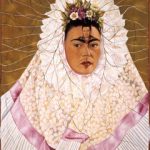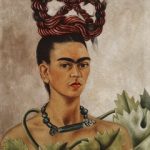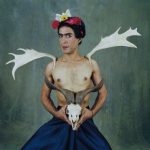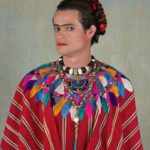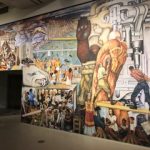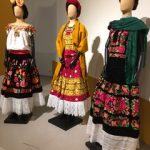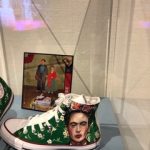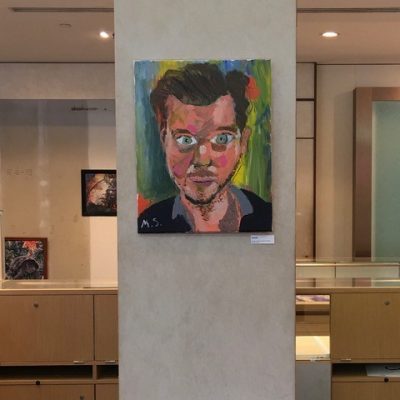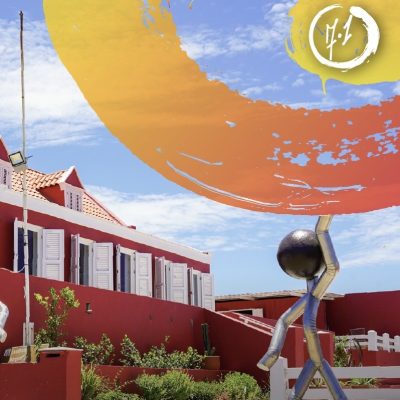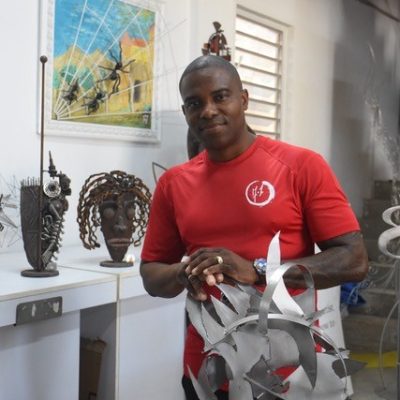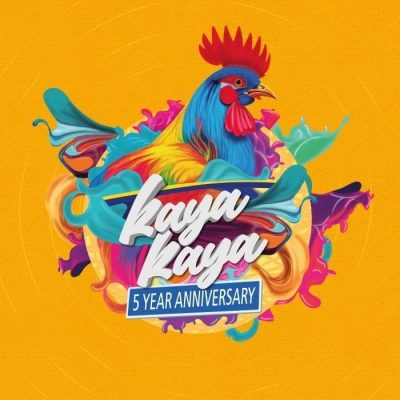by Josée Thissen-Rojer
Until October 3rd, 2021, the Cobra Museum of Modern Art in Amstelveen will host a special exhibition entitled ‘Frida Kahlo & Diego Rivera: A Love Revolution’.
The pieces on display are from the Gelman Collection, and as the title indicates, the focus is on the relationship between Kahlo and Rivera. Still, it also paints a picture of the time in which they lived, their personalities, and their fame.
Guest curator Stefan van Raay describes Frida and Diego as one of the most famous artists couples in history: “Rivera was a giant among artists who expressed the socialist ideals of the Mexican Revolution (1910-1917) in large murals in public spaces. Kahlo made works on canvas, mostly colorful self-portraits, full of symbolism and magical realistic elements. Over the past four decades, she has become the most famous female artist ever.”
This exhibition offers more than paintings by the couple. In addition to works of art by Kahlo and Rivera, the exhibit includes life-size prints of Rivera’s murals, works by their contemporaries, and a fairly extensive selection of photos of the couple. Also of note is that the museum is adding to the exhibition by providing a selection of traditional Mexican vintage dresses to showcase the types of dresses and accessories that Kahlo wore. There’s furthermore a space for contemporary artists who use Kahlo as a source of inspiration.
The oeuvre created by Frida Kahlo (Mexico 1907-1954) isn’t that large, but it’s mainly the 80 self-portraits that would play an essential role in art history. She portrays her own appearance and personality with merciless honesty, and she doesn’t allow herself to be tied down by prevailing ideals of beauty. She emphatically shows that she has facial hair by adding extra thickness to her mustache and unibrow in her self-portraits. In fact, almost everything in her life is reflected in her paintings: her ethnicity, her relationship with Diego Rivera, her emotions, her physical disabilities as a result of a childhood illness and a serious traffic accident, and the many operations that she has to undergo as a result.
The self-portrait from 1943, ‘Diego in my thoughts (self-portrait as Tehuana)’, was used as part of the poster to announce the exhibition. She shows her closeness to Diego by painting his portrait above her unibrow and depicting herself wearing the typical bridal gown worn by women from Tehuantepec, her native region. From the flower arrangement on her head, delicate leaf veins run like roots all over the painting. These are an example of the dark symbolism that characterizes her work. Although her work has a surrealistic feel, Kahlo flatly refused to be labeled a surrealist because she didn’t paint dream images, only her reality.


